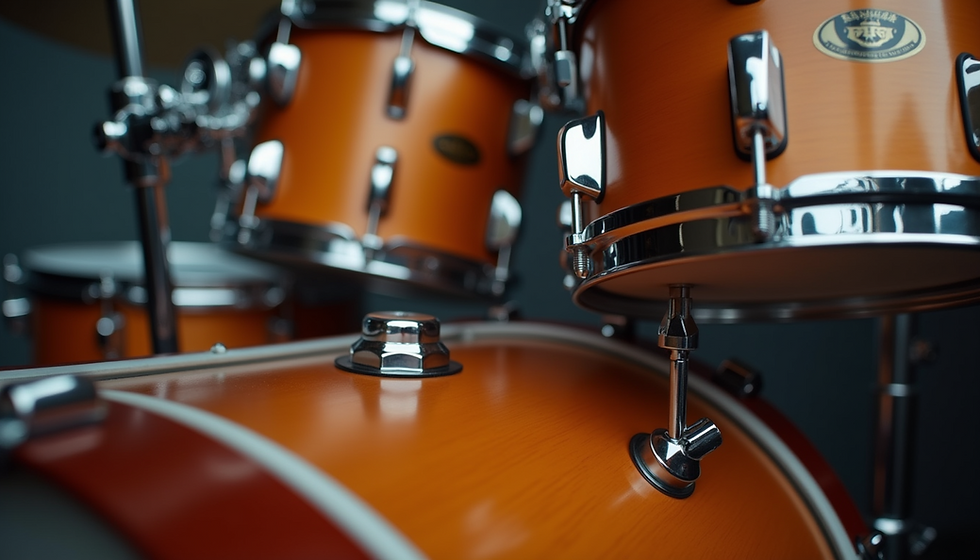Differences between the Xylophone and Mallet Instruments
- Maisie Loh
- Dec 3, 2020
- 2 min read

The xylophone and mallet instruments look the same (almost) and it can be confusing for beginners. You could refer to the mallet instrument like the xylophone or vice-versa. These instruments are classed under the percussion family and are the largest in the orchestra. Percussion instruments are musical instruments that make a sound when hit, shaken, or scraped. Percussion instruments are tuned and can sound different notes - just as the mallet instruments. We share the differences between the xylophone and mallet instruments so all your confusion may be cleared.
Mallet Instruments
The title is a trick sentence because Xylophone is part of the mallet percussion family. The mallet percussion family is made of five instruments. They are the marimba, xylophone, vibraphone, glockenspiel, and chimes.
The xylophone and marimba are wooden mallet instruments while the others are metal mallet instruments. So this post is about the differences of each mallet instrument rather than the difference between xylophone and mallet instruments.
Different Tuning Systems
Xylophones and marimbas use different tuning systems. Marimbas use octave-tuning tuning the fundamental and 4th overtone while the xylophone uses quint-tuning, tuning the fundamental and 3rd overtone. The marimba has a similar harmonic structure to wind and string instruments.
The glockenspiels and vibraphones use the same octave-tuning as the marimba. Chimes have the most complex mallet percussion instruments.
Material Used
The marimba and the xylophone bars are usually made of rosewood although the padauk and acoustalon are also used. While the bars of the vibraphone and glockenspiel are made of aluminum alloy. Chimes are made of brass and also sometimes chrome-plated.
Range and Tonality
The metallic mallet instruments have different sound characteristics due to factors such as the material used (either aluminum or brass). It is also due to their physical construction. The vibraphone has the lowest range of the metallic percussion instrument and has a soft mellow sound. The glockenspiel has a higher range and gives out a sharp and piercing sound. Both instruments begin with C. Chimes has the smallest range of any mallet percussion instruction with one and a half octaves and sonically similar to church bells. Both the vibraphone and some glockenspiels have metal resonators suspended under the tone bars. Depending on the pitch of the tone bar, the lower the note the longer the resonator.
The wooden mallet instruments differ in sounds also due to their physical construction. The marimba is the largest instrument in the mallet instrument family and it can cover a range of over five octaves. It gives out a full and dark sound. The xylophone occupies a higher range beginning with F (the marimba at C). Both instruments also have resonator pipes suspended beneath the tone bars. These pipes amplify the sound and enable the note to resonate fully when the mallet hits the bar.
Still confused? No worries, you can take a look at mallet percussion instruments with this video.
Want To Learn Percussion?
We teach mallet percussion at Ritmo Music Studio. We are based in Singapore and located near Chinatown MRT. If you aren’t sure whether playing the mallet is for you, feel free to sign up for a trial lesson with us!







Comments